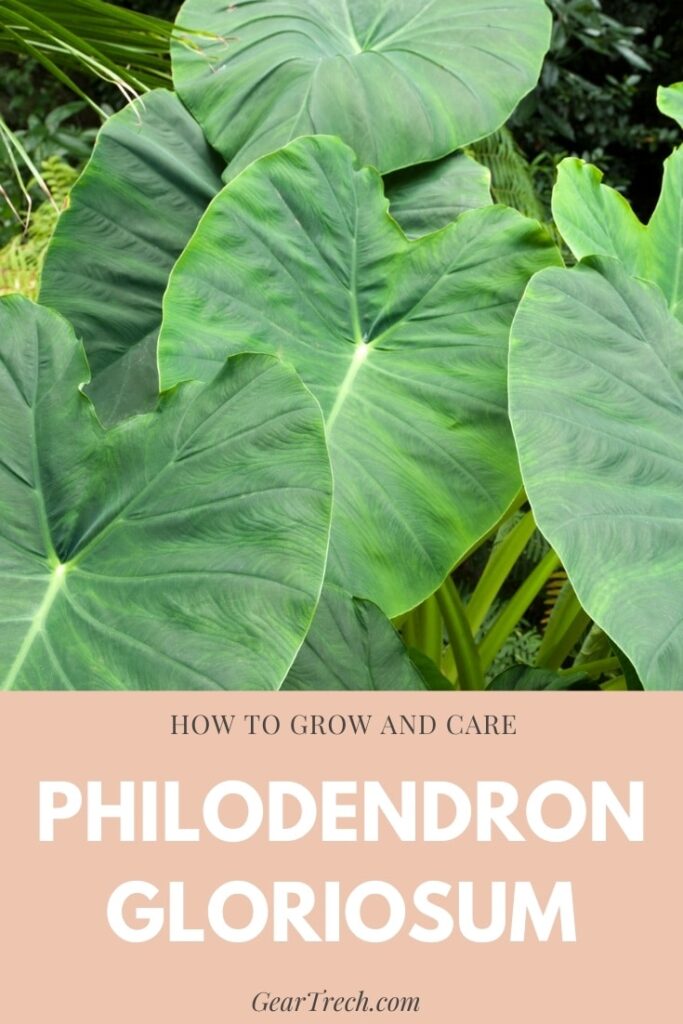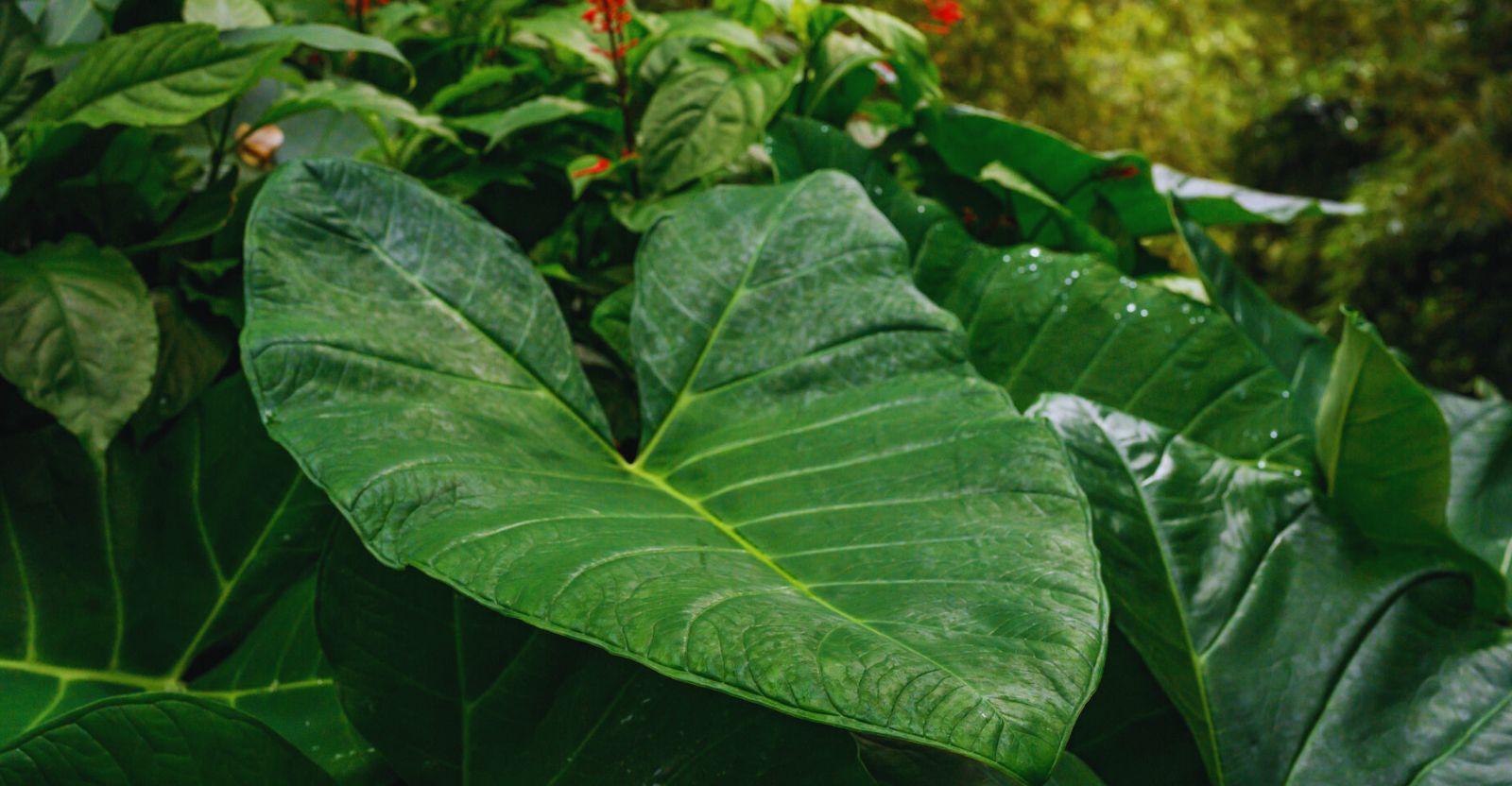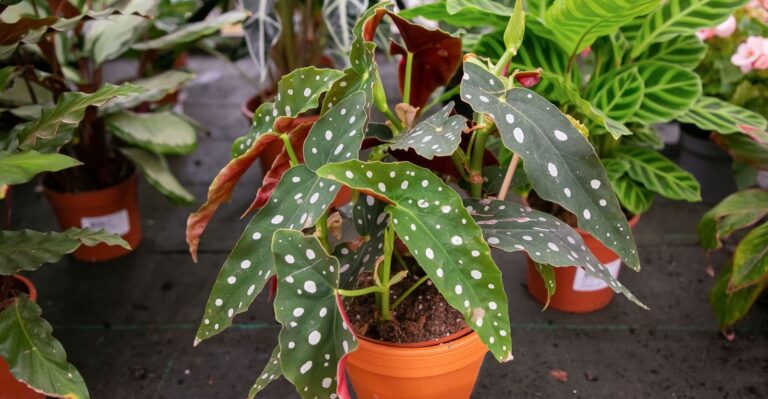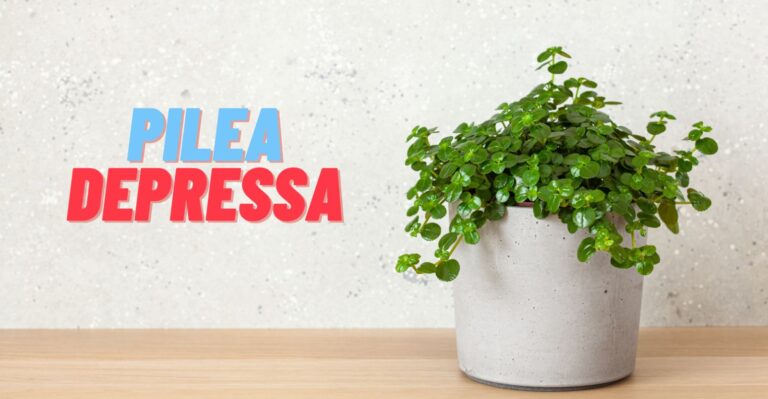Amazon has put together some great Home Gift Deals – save money and get your shopping done at the comfort of your home! Click here to see deals on Amazon
If you want to grow a beautiful exotic indoor plant with bright and broad green leaves, Philodendron gloriosum is the right choice.
It’s a terrestrial plant that is easy to grow indoors.
Do you wish to add this beautiful plant to your home but don’t know where to start?
You’re not alone, and many people struggle with growing Philodendron and often kill them in a couple of days.
Most often, the usual cause is overwatering their plants or placing them in direct sunlight.
This article has covered in-depth how to properly take care of this plant and how much water and sunlight it needs from time to time.
Let’s get started!
What is a Philodendron gloriosum?
Philodendron gloriosum is a tropical terrestrial plant native to Colombia, Central America.
It grows with heart-shaped green leaves and detailed overexposed white veins. It’s a popular indoor and outdoor plant that is easy to grow and care for.
It’s part of the Araceae family belonging to the Philodendron genus. The gloriosum aroids take a long time to start flowering, usually 15-16 years.
It flowers from May to July with two to three white blooms about 12 inches away from the stem to tip.
Gloriosum is an excellent container plant that you can place anywhere in your home and create a tropical rain forest landscape indoor garden.
A fully matured leaves can reach up to 36 inches long facing outward.
A well-cared and fully grown plant can reach 3 to 6 feet tall. It’s a terrestrial crawler plant that grows underground with shooting foliage.
The gloriosum leaves grow vertically, climbing on other plants for support, while the stem spread horizontally along with the soil.
There are several hybrids of philodendron gloriosum. The mixture of Philodendron Melanochrysum (Glorious) and Grloriosum is a fast grower plant with beautiful leaves that’s easy to care for.
Philodendron Gloriosum growing summary:
| Factor | Growth Condition |
|---|---|
| Soil | Moist well-aerated soil |
| Water | Light water (once a week) |
| Sunlight | Partial light (70-85 % sunlight) |
| Temperature | 60 °F to 95 °F (16° C – 35 °C) |
| Fertilizer | Slow-release organic fertilizer |
| Propagation | Layer propagation, stem cutting |
| USDA Zone | 9b – 11 |
How to propagate Philodendron gloriosum
The best way to propagate Philodendron gloriosum is through layering.
This technique uses the plant’s meristematic tissues where direct contact with soil or mulch wakes latent growth tissues within the stem.
In the layering technique, the growth tissue in the stem becomes the root. It may take a little longer to make more plants by layering than stem cutting, but it’s a lot less laborious.
How to layer propagate gloriosum (step by step)
Step 1: Evaluate the plant to determine the healthy portion of the stem. Find the healthy node that has a couple of leaves above it.
Step 2: Make a small 1-inch-deep angled cut with pruning shear to create a tongue that can be lifted to apply rooting hormones and cinnamon.
Rooting hormones help with new root growths, while cinnamon works as a disinfectant to prevent infection and help the wound heal.
Step 3: Use a small amount of moist sphagnum moss, soil, and mulch under the cut and wrap it loosely around the plant.
Keep the top portion open to allow the air to pass through while sealing the plastic wrap’s bottom end.
Step 4: Monitor the location for an emerging shoot and keep the soil moist for several weeks as the new roots develop inside.
Step 5: When the strong roots are visible in 2-4 weeks, remove the plastic wrapping and cut the gloriosum stem just below the rooted section.
Step 6: Transplant the clone directly into a pot or the garden and treat it like a new planting. Keep the soil moist with supplemental watering and a light layer of mulch.
Remember that gloriosum is a slow-growth crawler in a natural environment.
It sometimes takes several months for it to grow new leaves. Keep patience and maintain the proper growing condition so it can propagate successfully.
Should Rhizome be above or below the soil:
We recommend that you keep the rhizome above the soil as the buried rhizome of gloriosum often rots due to moist soil.
A partially buried rhizome where some part stays above the ground helps its roots dig deeper in the dirt without spoiling the rest of the plant.
If you’re propagating gloriosum via stem cuttings, ensure that you have healthy nodes. Place the cut portion in clean water and change the water weekly.
How do you care for a Philodendron gloriosum?
You must know how to care for gloriosum to let it last longer indoors. In this section, we’ll discuss the proper growing conditions when planting gloriosum indoors.
Soil
Philodendron gloriosum prefers well-drained orchid potting mix soil. Oversaturated standing water is a quick way to cause root rot and kill off your plant. You should prepare soil that’s rich in organic matter.
A soil pH level between 5 – 8 is the best for growing healthy leaves. You can use different organic mixtures to create a custom soil for gloriosum.
For example, you can create a soil mix at home consisting of 40% coco peat, 25% vermicast, 15% perlite, and rest with fresh rice hull, pumice, and coco chips cube.
The coco peat and perlite in the soil improve the aeration (oxygen flow to root) and help the ground remain moist and dry.
You can also add horticultural charcoal that deters the pest and removes the toxicity from the soil.
Don’t use burning charcoal available from home stores as these contain chemical additives to reduce smoke and fire.
These chemicals in the soil aren’t suitable for the plant. You can order Mosser Lee horticultural charcoal that is safe on plants.
You can mix a few natural charcoal pieces in the soil while leaving a couple at the top of the ground.
Water
Philodendron prefers well-draining soil. You can water it as long as it’s not excessive and causes the ground to get soggy.
Soil damp isn’t healthy for roots and causes the root fungal growth that stunts the growth.
You can use regular household tap water to water your plant. The best is to let the water settle for a few hours before using it to water Philodendron.
Most household water contains chlorine to kill waterborne bacteria, and excessive chlorine causes the plant to wilt.
You can harvest the rainwater and store it in a rain barrel that you can use to water gloriosum and other plants.
You should also use a plastic orchid potting pot with holes at the bottom.
Pot with drainage holes removes the excess water and keeps the soil dry and moist. The bottom hole also lets the air pass to the roots.
You can lightly mist philodendrons but it’s not really needed if you’re watering it properly.
You can check if it needs water by putting your finger 2 inches deep in the soil. If you feel your finger remains dry, you can water it.
Many people kill their gloriosum with overwatering than underwatering. You have to be careful that you don’t overwater. As a general rule, you can use a quarter of water in glass every 3-4 days to irrigate lightly.
Humidity
Gloriosum likes a humid condition to grow. It’s best to maintain a humidity level of 60 – 80%.
It allows the veined leaves to get dark green and grow extensively. At a minimum, humidity shouldn’t go below 40-50%.
You can use a mini humidifier in a room to maintain the proper condition.
This is critical during winter when the hot air from the furnace increases the indoor dryness.
You can also leave a tray with slightly wet pebbles under the pot to maintain natural humidity.
Fertilizer
Generally, you don’t need to worry much about fertilizing your gloriosum. It’s a hardy plant and can take care of itself.
However, you may want to provide half-strength organic or nitrogen-rich fertilizer every few weeks during the early part of the growing season.
We recommend using slow-release fertilizer such as 14-14-14 or liquid fertilizer with higher nitrogen concentration, helping with leaf growth.
The other option is to dilute the fertilizer in half concentration and apply it monthly in spring and summer while extending it to use once every two months in fall and winter.
Temperature
It’s a tropical plant that grows best at an ideal temperature of 60 °F to 95 °F (16° C – 35 °C), and night temperature doesn’t fall below 45 °F (7 °C).
If you’re planting it outdoor in a container, you should bring it indoors if the temperature goes below 45 °F.
Sunlight
Philodendron likes partial sunlight, and gloriosum is no exception. You shouldn’t place it in direct light as it causes the leaves to turn yellow and eventually die.
You can place the plant near the window to receive bright indirect sunlight and grow healthy. Adequate partial light helps the leaves to grow fuller and become prominent.
You should avoid placing it where it can’t get enough sunlight. It causes the leaves to remain small and weak. You can also buy grow lights to supplement light requirements.
If you observe yellow leaves, check if gloriosum isn’t overexposed to light. Place a shade around the window, so it gets indirect light. It should only get 20-40% light from the shade.
You should acclimatize the new plant by keeping it outside and slowly moving into sunny areas in 10 to 14 days to avoid the stress before planting.
Toxicity
Philodendron gloriosum is toxic to cats, dogs, and humans. You should keep it away from the pets and don’t let them chew on the plant.
The common toxicity symptoms are diarrhea, vomiting, cramps, and swelling in the mouth.
You should check with your veterinarian if you see the above symptoms in your pet. If not treated in time, the toxins may cause severe kidney damage or death to the pet.
Gloriosum Pests and Diseases
Philodendron is a sturdy plant, but they’re also susceptible to usual plant pests such as aphids, spider mites, mealybugs, scale, and fungus gnats.
Prevention is the best. If you find these pests to be around your plant, you should immediately take some remedial measures.
If there is any small infestation of aphids or spider mites, you can wash the plant with clean water.
But if the infestation becomes severe, you can either use organic pesticides such as neem oil or use commercial pesticides to get rid of these pests.
We recommend that you try natural neem oil for small infestation as it doesn’t have any side effects on the plant. You can order neem oil from Amazon or buy it from a local store and spray it thoroughly on the gloriosum.
You can repeat the process every two weeks till the plant gets free from pests. Similarly, you can use pesticides and follow instructions to eliminate these pests.
The other way to control small infestation is through rubbing alcohol on the infested part. You can dip a small cloth or cotton swab in alcohol and apply it directly over the infected area.
Common Plant Problems and Solutions
Here are some common problems and remedies when taking care of gloriosum.
Gloriosum leaves turning yellow
If you find the gloriosum leaves turning yellow, check the soil and ensure it’s not soggy. Soggy soil causes root rot and kills the plant.
As gloriosum prefers lightly moist but dry soil, don’t overwater the plant.
Overexposure to direct sunlight increases the chances of leaves getting scorched and turning yellow.
Also, check if the plant isn’t exposed to any disease or pest. Apply the treatment as mentioned above to keep the plant pest-free.
Where to buy Philodendron Gloriosum?
You should look at your local garden center or retailers such as Home Depot, Walmart, and Lowes to buy the plant.
Most of these places carry plants during the summer, and it may be challenging to buy them off-season.
You can also check with Fairchild Tropical Botanic Garden in Florida about the purchase of the plant.
The other right place is to buy it online such as Amazon, and several retailers sell these plants and ship them directly to your home.
You should confirm with the seller about the plant that you’re buying. Several Philodendron species look similar, and often people get the wrong plant that looks like gloriosum.

Don’t forget to share this post







